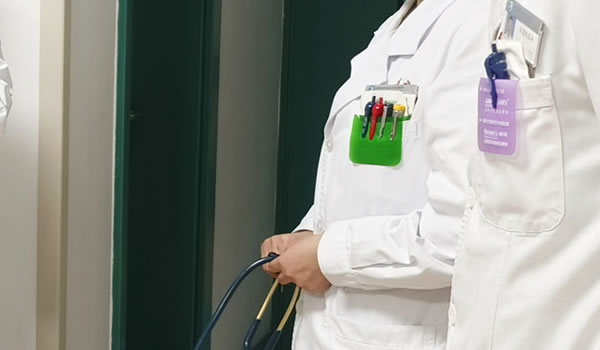Singapore’s Health Sciences Authority has approved the country’s first AI-powered diagnostic tool for early cancer detection, marking a major step in Asia’s medical innovation landscape.

SINGAPORE – August 8, 2025 – The Health Sciences Authority (HSA) of Singapore has granted regulatory approval for the nation’s first AI-powered diagnostic tool aimed at early cancer detection. The system, developed by a joint team from the National University Hospital (NUH) and MedAI Technologies, uses deep learning algorithms to analyze medical imaging and detect early-stage cancers with accuracy levels reportedly exceeding 94%.
The technology will initially be deployed in breast cancer screening programs across public hospitals before being expanded to lung and colorectal cancer diagnostics. According to HSA, the approval follows a multi-year clinical trial involving more than 10,000 patient cases, where the AI tool consistently matched or exceeded the performance of experienced radiologists.
Industry Impact
Medical experts believe this milestone positions Singapore as a regional leader in medical AI applications. “Early detection significantly improves treatment outcomes, and AI tools like this could make screening faster, more accurate, and more accessible,” said Dr. Elaine Tan, an oncologist at NUH.
Private healthcare providers have also expressed interest in integrating the system, citing potential cost savings and shorter diagnostic timelines.
Editor’s Analysis
The approval is more than a national achievement—it is a signal to the broader Asian healthcare ecosystem. With aging populations and rising cancer rates, the demand for accurate, scalable, and cost-effective screening solutions is growing rapidly. AI-driven diagnostics could become a key competitive differentiator for healthcare providers in the next five years.
However, challenges remain, particularly in ensuring data privacy, algorithm transparency, and integration with existing healthcare workflows. Policymakers will need to strike a balance between rapid adoption and patient safety safeguards.